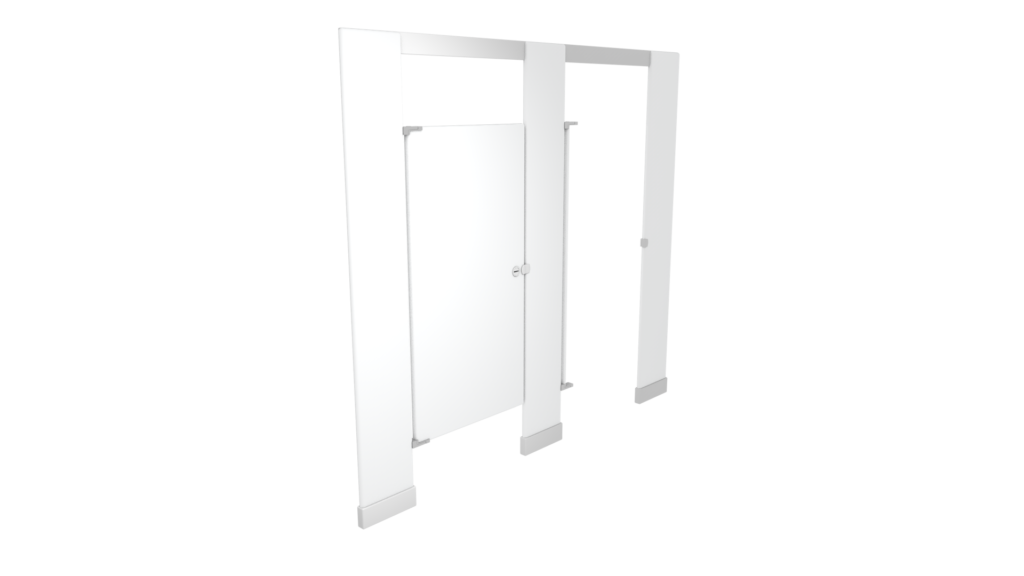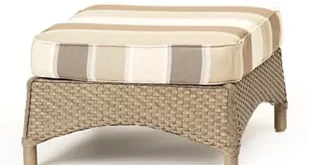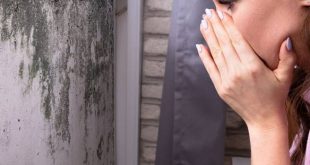There are a lot of contributing factors that should be considered when choosing the appropriate material for your bathroom partitions. There are five most commonly utilized bathroom partition materials: powder-coated, solid plastic, plastic laminate, stainless steel and the phenolic type. This article would be comparing and contrasting the particular properties of a solid plastic and plastic laminate bathroom partitions.

People do not fully understand how bathroom partitions can make or break the aesthetics of a public restroom. They end up taking up most of the space in a restroom, after all. Not like that of choosing the color and design of a partition, it is not a matter of personal choice to select the material or finish for the bathroom partitions. Bathroom partition materials are not a one-size-fits-all product, and some are more appropriate to use than others for specific conditions and bathroom settings. If you’re not sure which option to go with, you can get in touch with https://onepointpartitions.com/ for advice.
There are bathroom partitions that are made of metal, solid plastic, plastic laminate, phenolic and stainless steel materials. Some have finishes with powder coating, as well. The most commonly used bathroom partitions around the world are solid plastic and plastic laminate materials.
Differentiating Plastic Laminate and Solid Plastic Bathroom Partitions
Plastic Laminate Bathroom Partitions
Plastic laminate is made of several layers of flimsy kraft paper immersed in melamine resin. It is exposed to high pressure and high temperatures to ensure the hardening of the material. The more kraft paper that will be used in the production of a plastic laminate, then the harder and sturdier the material is.
If the partition is designed to be in a specific color or have a particular style, a decorative or colored paper as can be easily integrated on the top layer – above all the layers of kraft paper – before it will be soaked in resin and hardened. This makes it possible to customize plastic laminate bathroom partitions without having to add much more to the price tag.
Disadvantages of Using Plastic Laminate
The use of the plastic laminate as a bathroom partition is a great choice; however, it has its drawbacks, too. Below are some downsides of using this type of material:
- Cost
When it comes to the price tag, a plastic laminate is considered to be on the cheaper side. However, this does not mean that it is very affordable. This type of material costs more than metal partitions. Furthermore, it may also end up to cost you more in the long run, given the material’s durability and its susceptibility to damage.
- Durability
A significant disadvantage of a plastic laminate is that it is not waterproof. They do not even do very well in areas with high-moisture because it is porous and therefore, will absorb moisture and water quickly. This is the reason why this type of material is not ideal to be used in humid areas such as restrooms in oceans or pools and shower rooms.
The plastic coating of this material can also be easily damaged when exposed to heat and any sharp objects, which makes it quite vulnerable to damage due to vandalism. Cigarette lights can also easily burn a plastic laminate bathroom partition, and though a plastic laminate is sturdy and hard, it is still not that hard enough to deter any scratches.
Cleaning and Maintenance
Thanks to its laminated surface, a plastic laminate bathroom partition do not absorb odor, grease, dirt, and cosmetics. Although this feature makes it easier to clean the material, still, some precautions need to be taken for its maintenance.
- As mentioned, plastic laminate is porous so they should not be exposed to water during cleaning.
- Generally, damp, soft cloth or a brush with soft bristles can be used to get rid of dirt on the partition.
- For minor stains, you can use mild cleaning detergents.
- For stubborn stains, you can make use of stronger cleaning detergents, but it should be used with caution. It is recommended to use cleaners with acetic acid as they are effective in removing tough stains.
- Abrasive chemical agents should not be used in cleaning plastic laminate bathroom partitions. It could discolor and damage the material. Polishes are also discouraged because they can leave behind residue build-ups when regularly used.
Solid Plastic Bathroom Partitions
Solid plastic bathroom partitions are more commonly known as HDPE or High-Density Polyethylene because it is the main component of this material. This type of plastic is the one which is widely used in manufacturing milk jugs, bleach and laundry detergents. When used for manufacturing bathroom partitions, this type of plastic is produced thicker and much more durable. Solid plastic bathroom partitions are pretty sturdy and durable since HDPE is made with high strength and density ratio.
Solid plastic bathroom partitions are also moisture resistant and waterproof. Unlike that of a plastic laminate, this material does not absorb moisture and water that could easily damage it.
It is also resistant to microbes and molds. This is why the use of HDPE is an excellent option for bathrooms that are exposed to humid and has high-moisture environments.
HDPE bathroom partitions are not vulnerable to damage by vandalism as they are resilient enough to withstand dents and scratches. Because of this feature, HDPE is the most preferred type of material for restrooms with heavy-traffic.
Disadvantages of Using Solid Plastic
Although it is the material commonly used for public restrooms, it still has its disadvantage:
- Cost
It costs more than the plastic laminate because HDPE is made out of much more durable material. Nevertheless, it will usually last longer than most bathroom partitions because it is not susceptible to vandalism and damages.
Cleaning and Maintenance
It is effortless to clean solid plastic bathroom partitions. It would not rust, rot, oxidize, mold, or de-laminate. And best of all, just like with plastic laminate, it does not absorb, too.
- Generally, the cleaning would be just the same as that of a plastic laminate. Just use a damp and soft cloth.
- For minor and stubborn stains, it would be safe to use both non-abrasive and industrial-strength cleaners. You could also use water with baking soda to clean it up.
- Unlike plastic laminate bathroom partition that is porous, a solid plastic can be rinsed off with water.
 World inside pictures Collect and share the best ideas that make our life easier
World inside pictures Collect and share the best ideas that make our life easier








